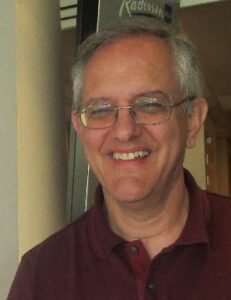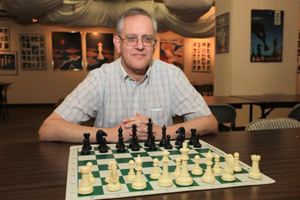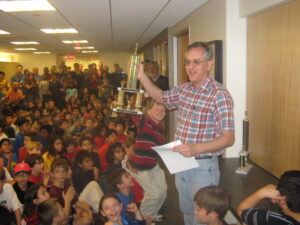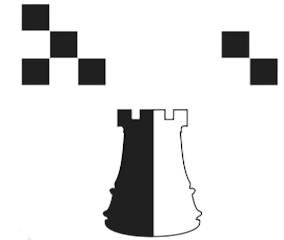 The seeds of my love of teaching were planted in college — not because I had inspirational professors, but through my experiences as a founder of the Pail & Shovel Party. (Google it. I was gone by the time the flamingos landed and the Statue of Liberty arrived, but was involved with the conceptual stage.) Pail & Shovel taught me that anything can be turned into entertainment, entertainment holds people’s attention, and through that attention, education takes place.
The seeds of my love of teaching were planted in college — not because I had inspirational professors, but through my experiences as a founder of the Pail & Shovel Party. (Google it. I was gone by the time the flamingos landed and the Statue of Liberty arrived, but was involved with the conceptual stage.) Pail & Shovel taught me that anything can be turned into entertainment, entertainment holds people’s attention, and through that attention, education takes place.
During the lead-up to the 1972 Fischer-Spassky match I first became a chess teacher. I was a decent player devoid of teaching experience but after a while found ways to impart the rules and strategy of the game to kids who quickly passed me in skill.
After college, I became a high school classroom teacher with classes in social studies and math. I was the fun teacher in a conservative Catholic school, but always had the goal of getting students to think. When struggling students came to me for additional help, I taught them to play chess and watched as their intellectual self-confidence rose. Inner-city teens who had heard throughout their lifetimes that they would not be able to succeed academically learned that was a lie. If they could play chess, they could do math and understand literature.
During my practice of law, I brought chess to underserved schools, working to convince small children that there was magic in the pieces of plastic they moved around the square board. As they assimilated abstract concepts, their smiles of understanding were more satisfying than favorable verdicts in courtrooms.
When then-World Chess Champion Garry Kasparov asked me to teach chess for a couple of weeks to children who lived in public housing, that was the start of something quite wonderful. The Washington Post editorial noting the value of chess garnered the attention of people who helped create what has become the U.S. Chess Center. I stopped taking new legal clients and never looked back.
